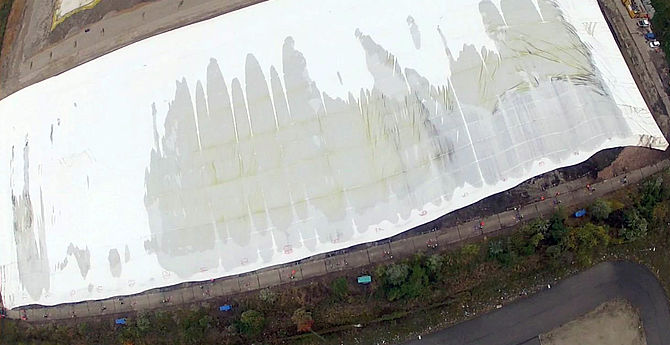Sludge lagoons can develop naturally along waterways, but many of the most sensitive ones are a byproduct of and a challenge to numerous man-made activities and industries: large-scale dredging works, agriculture, industrial processing, sewage and wastewater management, etc. The mining industry is particularly difficult with its sludge production, because potentially harmful metals may be found in the waste.
Geosynthetics are used significantly in lagoon remediation and capping operations.
SLUDGE LAGOON REMEDIATION WITH GEOSYNTHETICS
Here, engineer Ole Syllwasschy of HUESKER discusses various strategies that use geotextiles, with attention paid to the size of an installation, the safety requirements (e.g., load support), and the type of sludge being covered.
The systems discussed are designed in a way that site sludge might remain in its original form and require no elaborate chemical stabilization or other pre-treatments.
MORE GEO: Avoiding Whales in Anaerobic Digesters
“HUESKER geosynthetics allow vehicle access and the placement of shear-resistant fill so as to create fully restored and stable areas of land,” the company notes. “Depending on the particular situation, these may be redeveloped into facilities that range from regenerated green spaces to industrial premises.”

Want to see more VideoCasts? Check out HUESKER’s YouTube channel. Learn more about sludge management and remediation strategies with geosynthetics on the company’s website.











